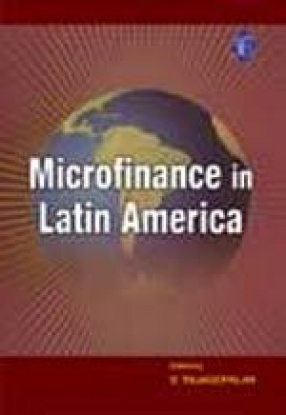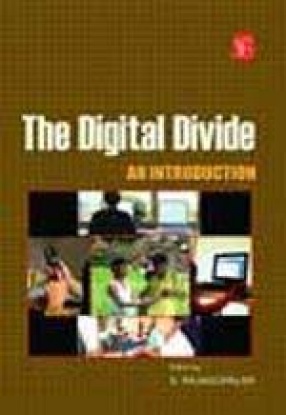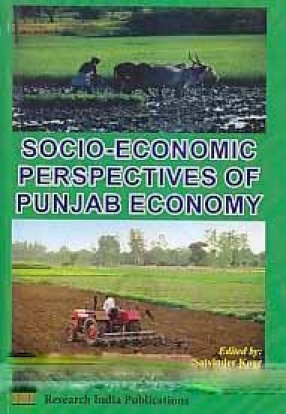Subtotal: $8.00
Microfinance in Latin America
In stock
Over the past three decades, the field of microfinance has persistently sought to reach financial products and services – savings, loan, and insurance – to poor and low-income sections in the developing world, which includes Asia, Africa, Latin America, and parts of Eastern Europe. With the UN observing the year 2005 as the ‘International Year of Microcredit’, and Prof. Muhammad Yunus and Grameen Bank (the institution he founded) jointly winning the Nobel Peace Prize for 2006, microfinance is no longer relegated to the fringes – it is being increasingly integrated with the mainstream economy with commercial banks and private investors entering the arena and governments setting up regulatory and supervisory frameworks. While the world has heard about, and discussed at length, the microfinance institutions of Asia (particularly those of Bangladesh), in another part of the developing world – Latin America – the microfinance sector has grown equally and, perhaps, in several ways, is more advanced than that in Asia. As of December 31, 2005, the top 100 MFIs in Latin America and the Caribbean, taken together, are reported to have a gross loan portfolio of $6.6 billion. A high degree of commercialization and subjection to regulation and supervision characterize microfinance in Latin America. A study of the evolution of microfinance in Latin America, offers valuable lessons and insights to both practitioners and researchers, especially in Asia. To this end, this book provides an overview of the microfinance sector in Latin America (including Central America and the Caribbean), outlines its salient features, and presents case studies on some of the successful MFIs operating in the region.

 Mumtaz Embroiders Her Dreams
Mumtaz Embroiders Her Dreams 






There are no reviews yet.